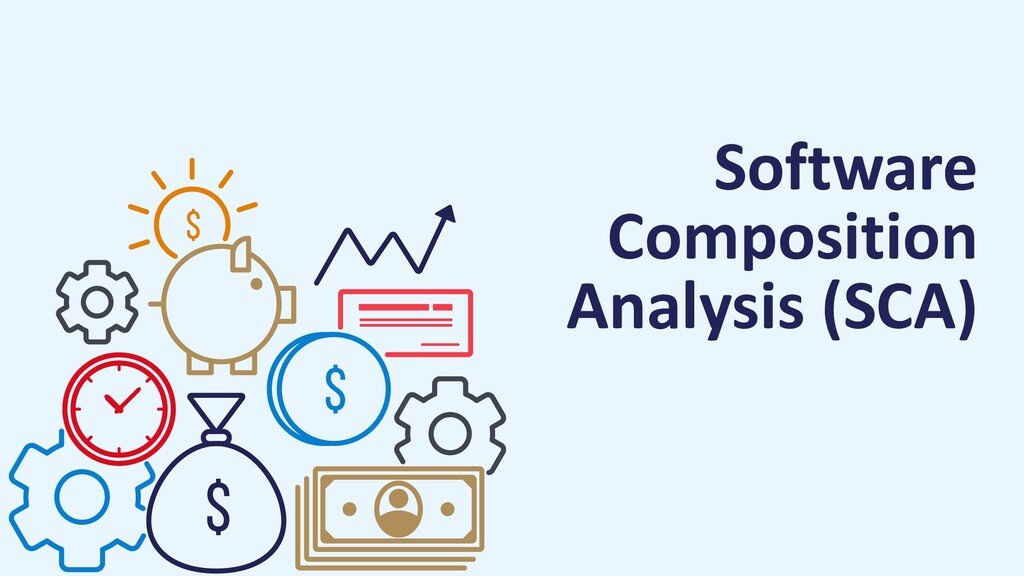As enterprises scale digital operations, software becomes the underlying infrastructure for business continuity, innovation, and customer engagement. However, this shift dramatically increases the surface area for cyber risk—particularly through the unvetted use of open-source components across complex, multi-cloud, and hybrid environments.
Software Composition Analysis (SCA) emerges as a mission-critical enterprise capability, directly impacting governance, compliance, and risk posture. When deployed strategically, SCA supports enterprise-wide objectives by enforcing policy, enabling operational transparency, and embedding risk intelligence across distributed teams and tools.
1. Unified Governance Across Development, Security, and Legal Functions
Large enterprises often face fragmented software policies, with disconnected development teams using diverse toolchains. SCA enables centralized policy enforcement, giving enterprise leaders a unified view of component usage, risk status, and license compliance.
Enterprise Advantage:
- Enforce consistent risk and license policies across all teams, business units, and geographies.
- Automate policy violation alerts and exceptions through customizable governance rules.
- Integrate seamlessly with GRC platforms and enterprise workflows (e.g., JIRA, ServiceNow, Splunk).
Enterprise Insight: Organizations with centralized SCA governance frameworks report 50% faster compliance resolution times and improved audit readiness.
2. End-to-End Supply Chain Visibility in the Age of SBOM Mandates
With global attention on software supply chain threats—amplified by incidents like SolarWinds and Log4j—governments and regulators are mandating Software Bill of Materials (SBOM) disclosures. SCA tools can automate the generation, validation, and real-time maintenance of SBOMs across the entire application lifecycle.
Enterprise Advantage:
- Meet regulatory mandates like Executive Order 14028, FDA pre-market guidance, and NIST SSDF.
- Reduce response time to vulnerabilities in third-party and transitive dependencies.
- Enable dynamic SBOM updates as software evolves, improving accuracy and traceability.
Compliance Insight: By 2026, Gartner predicts that 60% of enterprises will mandate SBOM compliance from third-party vendors, making SCA a critical procurement and partnership filter.
3. Scalability and Interoperability Across Complex Architectures
Enterprise environments are inherently heterogeneous—spanning monolithic legacy systems, microservices, cloud-native applications, and edge devices. Modern SCA solutions are engineered to scale horizontally, supporting broad language coverage, DevOps pipelines, and multi-tenant security governance.
Enterprise Advantage:
- Ensure uniform SCA coverage across polyglot codebases and containerized infrastructures.
- Support multi-cloud (AWS, Azure, GCP) and hybrid deployment models.
- Integrate natively with DevSecOps platforms (e.g., GitHub Actions, GitLab, Azure DevOps, Jenkins).
Scalability Trend: Enterprises adopting integrated SCA at scale see 30–40% fewer production vulnerabilities, due to better prevention and faster response times.
4. Cost Optimization and Risk-Based Investment
Enterprise security budgets are under pressure to deliver measurable ROI. SCA helps prioritize remediation based on real-world exploitability, asset criticality, and threat intelligence. This enables risk-based allocation of remediation efforts and resource investments.
Enterprise Advantage:
- Eliminate over-engineering by focusing on exploitable risks rather than theoretical CVEs.
- Improve collaboration between application security and finance through quantifiable risk modeling.
- Reduce unnecessary security rework and improve velocity of product delivery.
Value Realization: Organizations using risk-aware SCA remediation strategies reduce total vulnerability backlog by up to 65%, while improving SLA adherence.
5. Enterprise Resilience Through Secure Software Engineering Culture
In global enterprises, resilience hinges on institutionalizing security practices across all functions. SCA, when aligned with secure coding education and KPIs, promotes a culture of engineering accountability and secure innovation.
Enterprise Advantage:
- Drive adoption through actionable feedback within developer workflows (IDEs, PRs).
- Align developer KPIs with risk metrics for security-by-default behavior.
- Provide leadership dashboards for visibility into organizational posture, progress, and gaps.
Cultural Impact: Enterprises that embed SCA into developer onboarding and sprint planning experience up to 70% faster vulnerability resolution and higher developer engagement in AppSec programs.
Strategic Outlook: Embedding SCA in the Digital Operating Model
For modern enterprises, the strategic question is no longer “Should we use SCA?”—but rather, “How can we operationalize SCA as a core pillar of our digital risk and innovation strategy?”
To that end, successful enterprise adoption of SCA requires:
- Executive Sponsorship: Framing SCA as part of enterprise risk governance and not just a developer tool.
- Policy-Driven Architecture: Codifying security, licensing, and compliance requirements into reusable automation logic.
- Federated Enablement Models: Empowering decentralized teams with guardrails, not gates, to scale secure development without central bottlenecks.
- Continuous Optimization: Measuring KPIs such as policy violations per release, risk remediation velocity, and SBOM audit readiness to drive improvements.
- Cross-Functional Alignment: Integrating SCA into IT governance, legal workflows, vendor management, and digital procurement processes.
Conclusion: Future-Proofing the Enterprise Through Secure, Compliant Code
As enterprises push toward intelligent automation, composable architectures, and cloud-scale innovation, SCA acts as a foundation for secure software supply chains, resilience, and trust.
Far beyond a developer-side scanner, SCA should be viewed as a platform capability—one that powers compliance, reduces systemic risk, and accelerates secure innovation at scale. In an era where software defines competitiveness, those who manage its composition intelligently will lead in resilience, reputation, and regulatory readiness.

